[ad_1]
One amongst many prettiest, brightest, and easiest-to-grow workhorses of the annual yard is the nasturtium. I at all times have additional trays of seedlings spherical and plug them in wherever doable.
Some radishes didn’t germinate? Change them with nasturtium. Voles sucked some eggplant seedlings down into their tunnel? Fill all through the gaps with nasturtium. Cooks attempting to buy edible flowers? Nasturtium!
All people is conscious of nasturtium flowers are vital all through the yard, nonetheless do they defend bugs away? Let’s get into the assorted makes use of of nasturtium and the way in which through which it’d present assist to repel pests.
The Transient Reply
The transient reply is definite. Nasturtiums can repel pests like cabbage loopers, aphids, whiteflies, squash bugs, and constructive beetles. They might deter mosquitoes with their spicy scent.
Nonetheless, some bugs are keen about nasturtiums. This lets you use them as a entice crop to lure them away out of your additional fascinating vegetation.
Let’s dive in so we’re going to attempt to perceive additional.
The Extended Reply
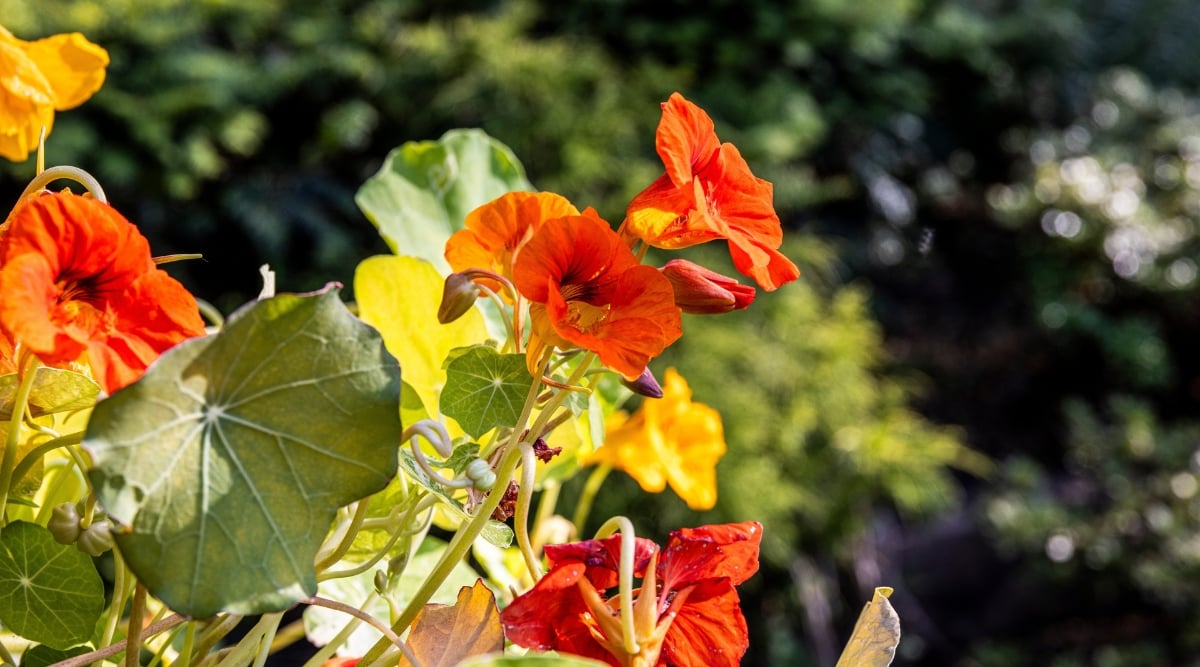

Nasturtiums are a hottest flower that gardeners and farmers plant alongside borders, in between rows, and as pops of colours alongside shrubs and tree strains. The seeds are massive and easy to sow. They’ve good germination and progress costs. They don’t require fairly a bit care, which is a huge income for a busy gardener!
As if we didn’t love them already, their scent and magnificence deter constructive pests, repel others, and entice beneficials. It might be only a bit strong to know the place to plant nasturtium to learn from their yard companionship. Plant it close to the appropriate crops, and it’s a match made in heaven. Plant it close to the fallacious crops, and as well as you is vulnerable to be combating your various all season.
Why Nasturtiums Make Good Companions
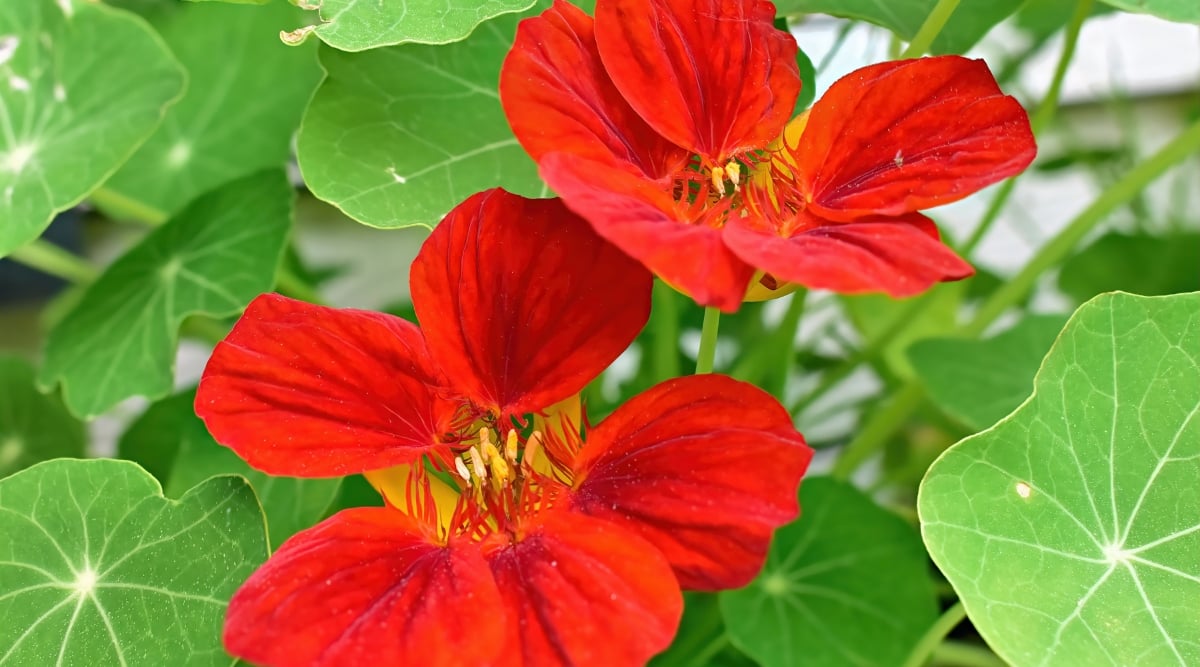

Nasturtiums not solely look and magnificence good, they’re multi-purpose all through the yard. They might:
- Repel pests and normally confuse them
- Work as an surroundings pleasant entice crop by drawing pests away from money crops
- Enchantment to useful bugs that, in flip, take care of the damaging pests for you
- Assist suppress weeds as an understory plant
- Fill in empty areas and assist with soil erosion
Ensure you choose the appropriate kind of nasturtium to develop in your yard needs. Select a trailing selection in case you plan to develop them in hanging baskets or alongside a fence, or a compact bush selection for borders, intercropped, or in mass. Choose colours that work in your design.
Take into accout nasturtium prefers moist and low-fertilized soil so crops that want it dry could not make the appropriate yard mates.
Use Them to Enchantment to the Good Bugs
Nasturtiums repel pests, nonetheless furthermore they entice good bugs which can income your yard by offering pure pest administration.
Helpful Bugs
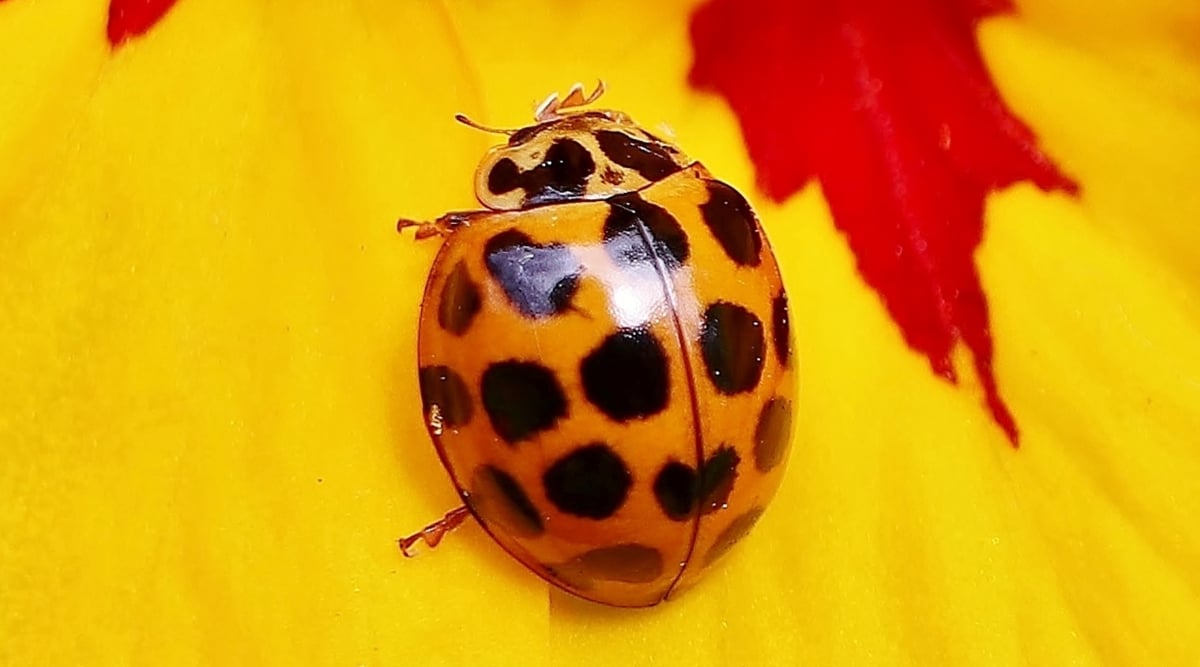

Nasturtiums entice and carry out a essential attractant for bugs you need in your yard, like ladybugs, hoverflies, and lacewings. All of them effectively take care of populations of aphids and utterly totally different pests you don’t need hanging out.
For instance, a essential pure enemy of whiteflies is the larvae of lacewings. Lacewing adults are terribly keen about nasturtiums, and the plant is a possible place they’ll lay their eggs. Plant nasturtium close to your eggplant and peppers to deal with whitefly populations in verify.
Whereas planting a bug attractant in your yard appears counterintuitive, this lovely companion plant assists you in balancing the ecosystem in a pure methodology.
Use Them as a Entice Crop
Entice crops are additional enticing and scrumptious to a pest than your utterly totally different crops. They could lure all through the bugs after which be sacrificed. Extra entice crops might presumably be planted of their place for normal pest administration.
Nasturtium, as a strongly-scented herb, might be very enticing to some widespread pests. Sow trays of nasturtiums all 12 months prolonged so you at all times have a relentless current of a pure entice for pests.
Aphids
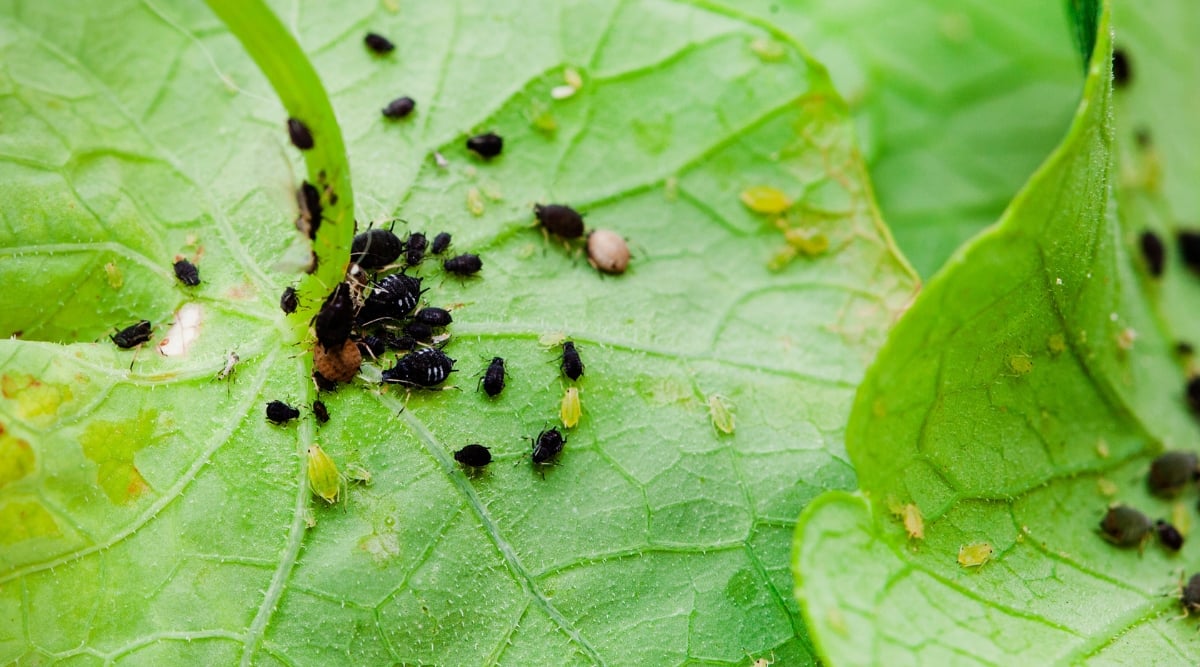

Not all aphid varieties are keen about nasturtium, nonetheless in case you develop crops like lettuce, kale, cabbage, or roses, this plant will lure them away. Plant nasturtium about six toes away from the crops it’s advisable defend. Don’t go any nearer, or they’ll merely hop as soon as extra over to the great points.
Melon, inexperienced peach, and potato aphids should successfully be deterred. Nasturtium will carry out an surroundings pleasant entice crop.
Borers
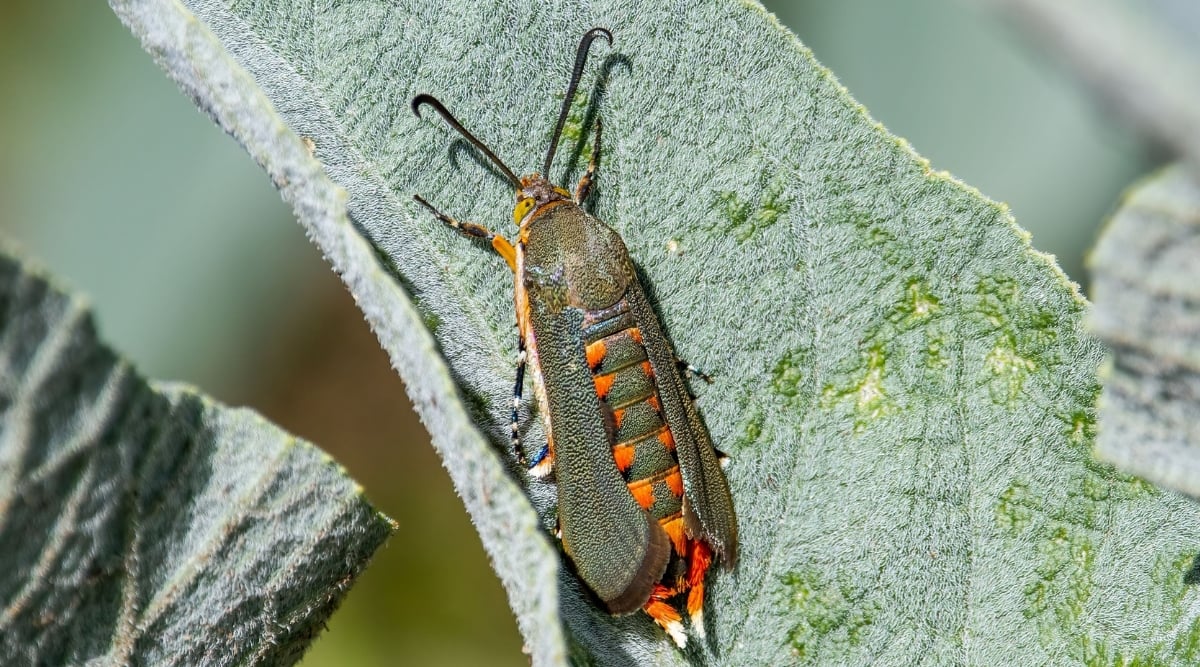

Defending borers away is vital for these of us rising fairly a number of fruits. Add nasturtiums all via the underside of fruit timber to assist defend moisture and suppress weeds. They’ll protect merely low ample to the underside that any pests attracted will preserve there in its place of leaping to the timber.
Flea Beetles
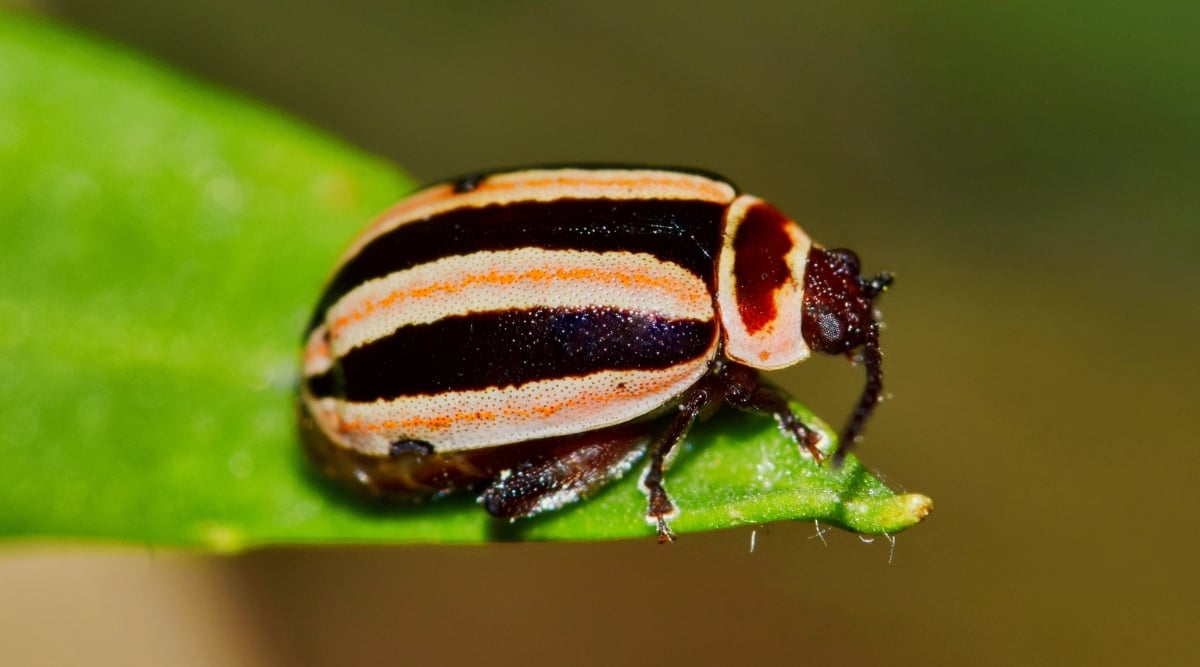

Equivalent to aphids, flea beetles love nasturtiums, so planting them 5 to 6 toes away from crops like broccoli, kale, cabbage, and lettuce will defend or a minimal of delay them going after the money crops, flocking to the nasturtium in its place.
Expert tip: Cowl newly transplanted brassicas with insect netting or row cowl all through the early spring when flea beetles are most prevalent. As they mature, they’ll be additional in a position to fend off pests, and you possibly can take away the overlaying as they develop. Evaluation present nasturtium to be a easier entice crop, decreasing damage to vital leafy greens all through the spring versus fall.
Use Them to Repel Pests
Nasturtium could also be intercropped with utterly totally different crops to repel constructive pests. Nasturtiums comprise a chemical compound that supplies them their peppery aroma and magnificence. This serves as a non-hazardous methodology to administration pests by turning many bugs off. Listed beneath are just a few which can fly right by inside the event that they scent nasturtiums.
Cucumber Beetles


These harmful beetles will go after squash, cucumbers, winter squash, pumpkins, watermelon, and extra. If populations aren’t managed, they’ll stick spherical all season, creating new generations. They’ll hibernate all through the soil and yard particles, rising right all through the time your summer season season yard is able to pop with their favourite host vegetation to feed on.
The excellent news is that the peppery perfume of nasturtiums repels these pests. Attempt planting a vining nasturtium selection in between rows to confuse the beetles.
Squash Bugs
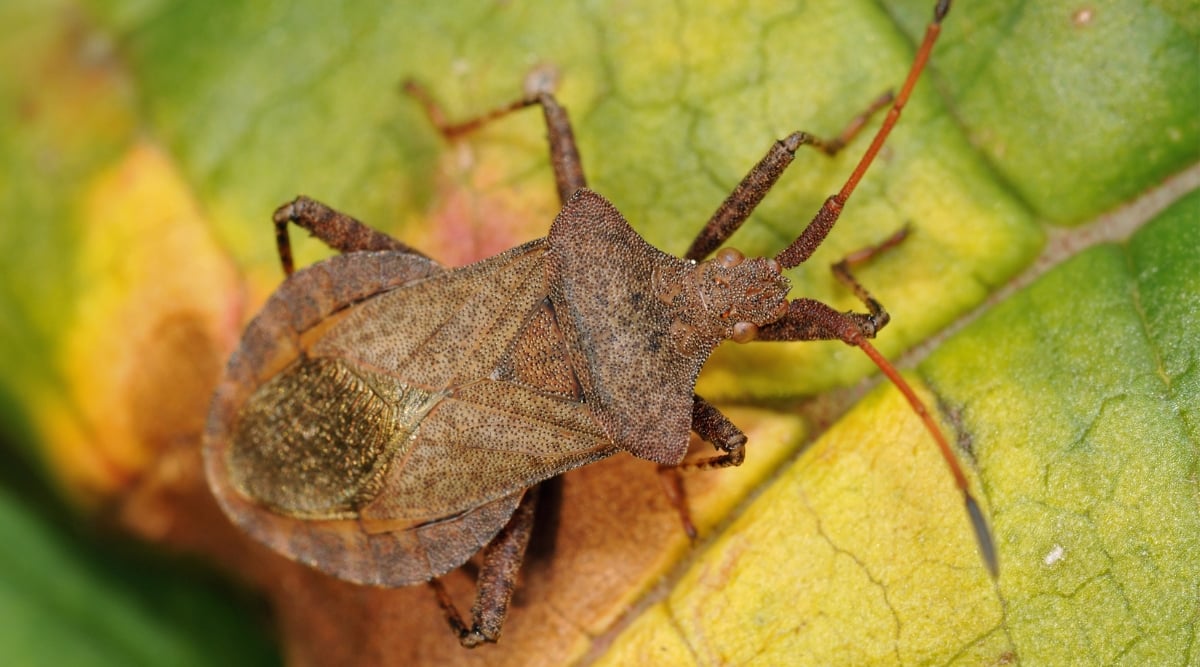

Companion planting nasturtiums spherical your summer season season and winter squash will deter squash bugs from touchdown on them and laying their eggs.
Cabbage Loopers
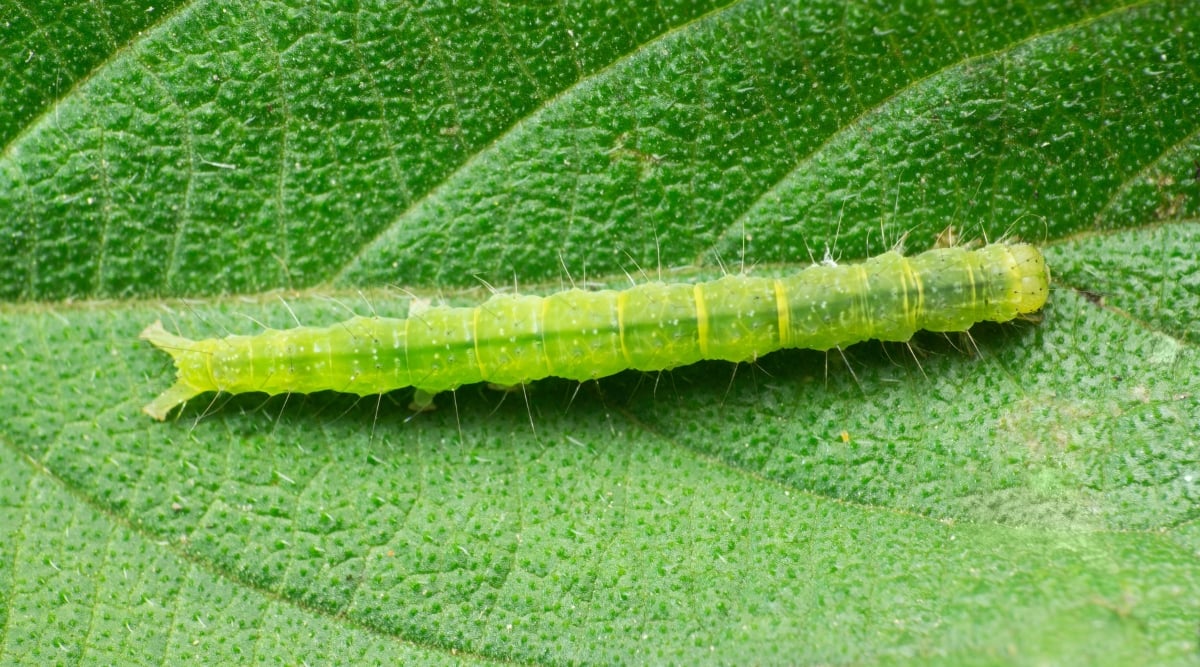

That is the arch nemesis of late summer season season and fall gardens, seemingly popping out of nowhere to shortly destroy a patch of kale, collards, and every totally different cruciferous greens you may need rising.
The spicy scent of nasturtium planted sporadically by the use of your annual veggie yard or right alongside them will assist repel these pests.
Cabbage Worms
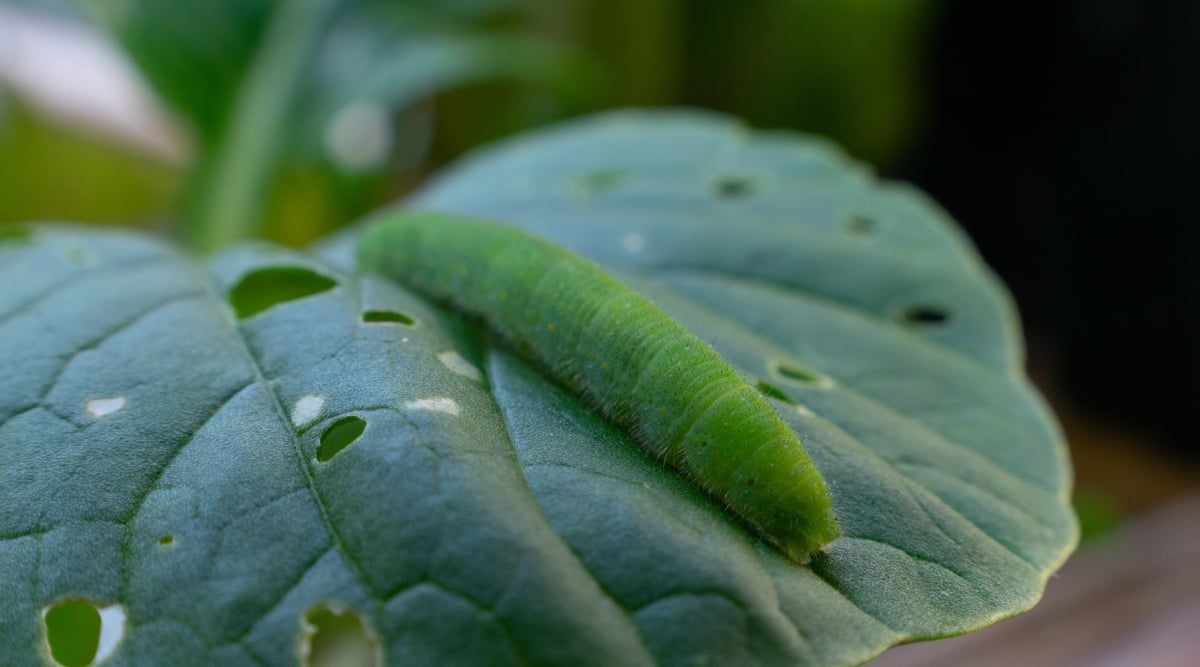

Cabbage worms can devour full leaves off your vegetation in a single day and swap on to the following. For people who’re not cautious, you may lose your total leafy greens.
Expert tip: Choose purple kales as a result of the great inexperienced worms stand out clearly on the leaves, making them easier to determine and destroy.
Nasturtiums repel grownup cabbage worms. As shortly as nasturtium vegetation are mature, they bounce as soon as extra pretty shortly from damage from any larvae who do uncover their methodology onto the vegetation.
Mexican Bean Beetle


Interplanting compact nasturtium varieties on the underside of pole beans or trailing varieties to develop up and in between bean vines would possibly assist repel Mexican bean beetle pests.
Mosquitoes
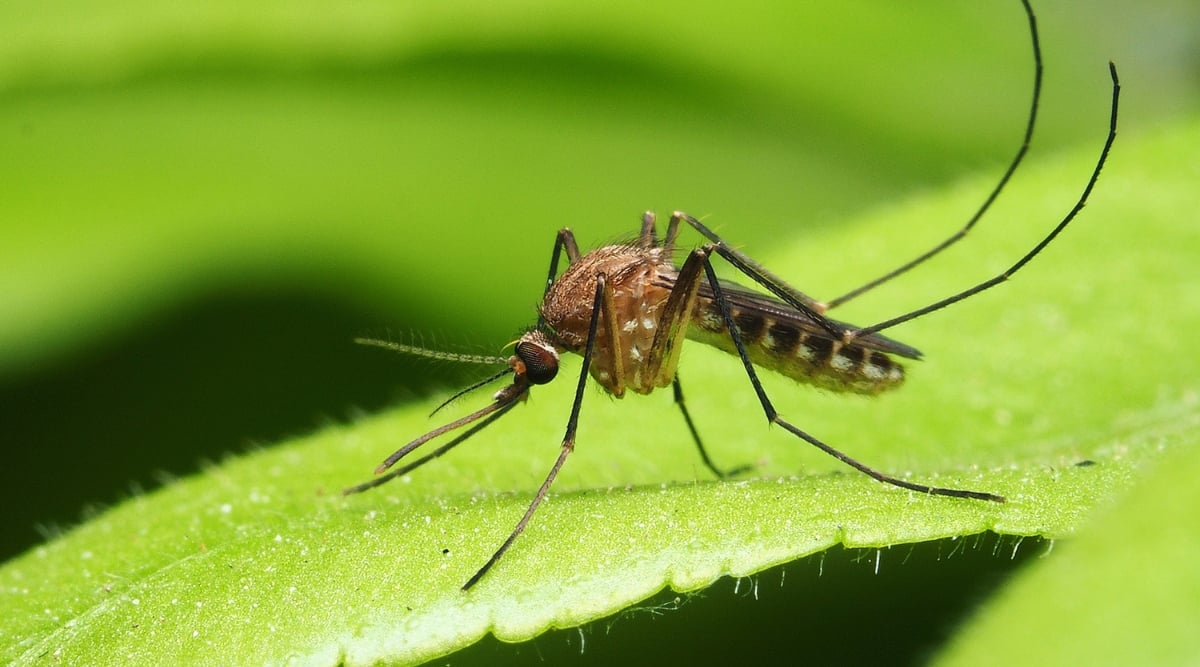

The sturdy aroma delay by nasturtiums is thought to confuse and repel mosquitoes. Plant nasturtium in pots and place them spherical any outdoors seating home for an additional good, bite-free ambiance.
Colorado Potato Beetles
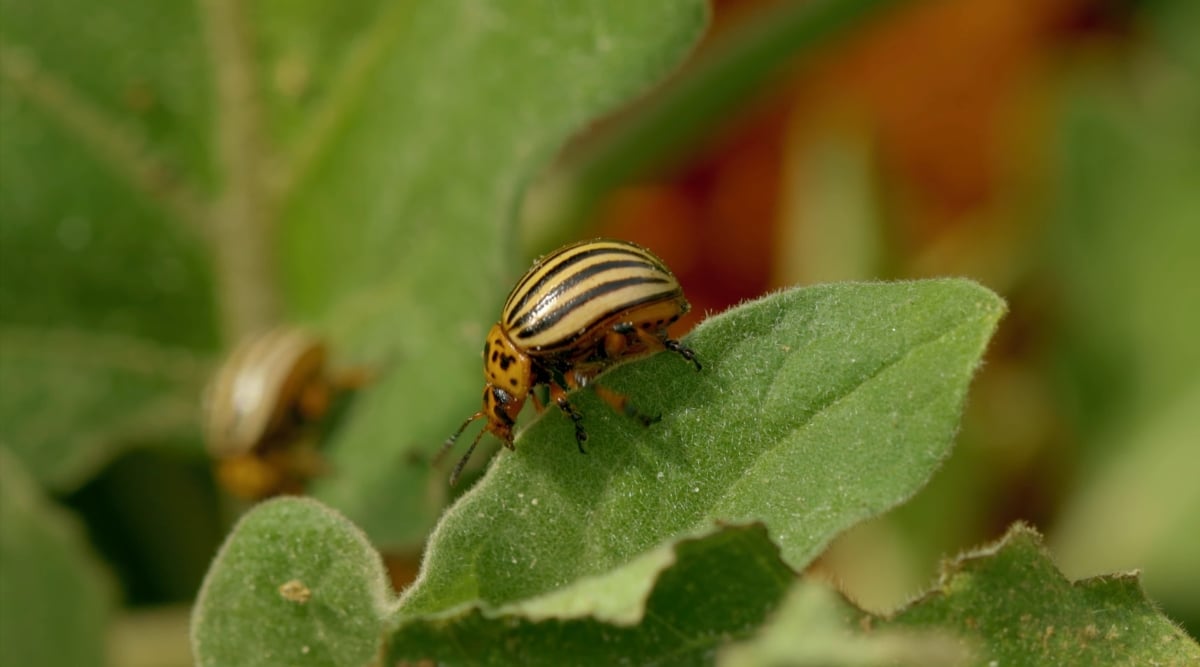

The Colorado Potato Beetle (CPB) appears to be confused by nasturtiums. The spicy perfume of the nasturtiums throws off their sense of scent, taking away their capacity to effectively uncover the vegetation they need to feed on, in order that they merely fly away.
Although potatoes are their host of selection, they’re usually discovered feeding on tomatoes, eggplant, and fairly a number of weeds. Verify the undersides of solanaceous crops for his or her eggs.
Plant Nasturtiums Close to, However Away From These Crops
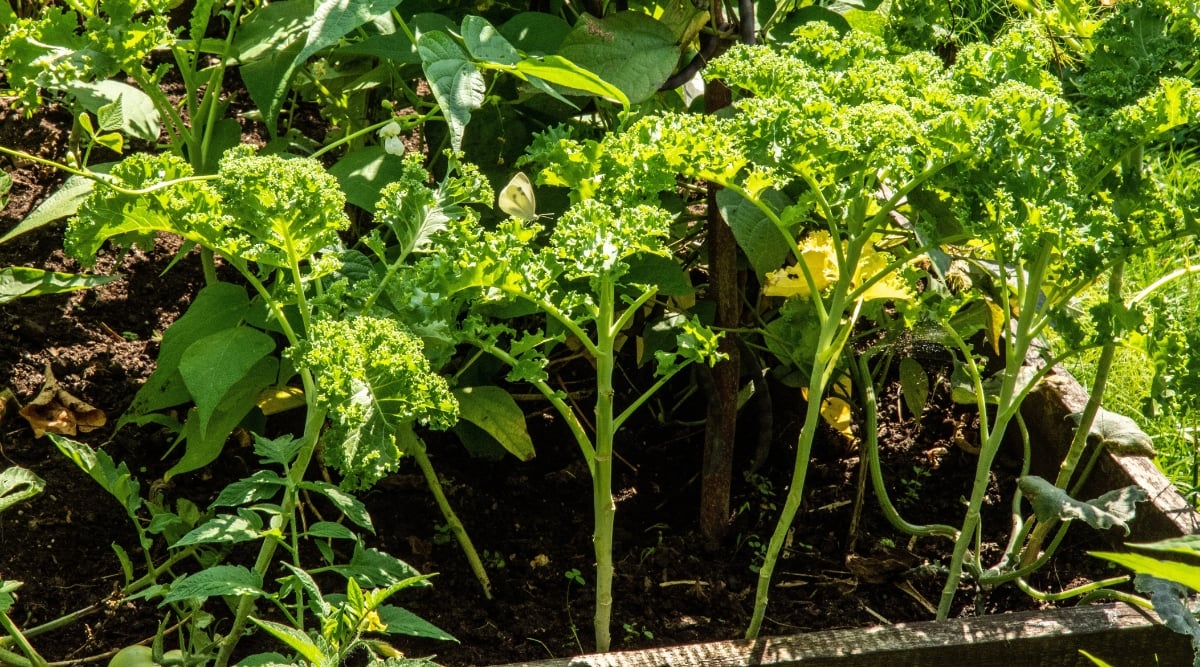

Companion planting isn’t solely a fad. It’s a scientifically backed gardening hack with confirmed advantages! The following crops income from having nasturtium planted shut by nonetheless not right subsequent to them:
- Beans: to repel the Mexican bean beetle
- Massive brassicas like cabbage/Brussels sprouts: Plant nasturtium on the underside to assist them retain moisture.
- Pumpkins: to extend pollination and deter squash bugs and cucumber beetles.
- Peppers and tomatoes: Would possibly deter the tomato and tobacco hornworm from laying eggs on them.
- Apple and utterly totally different fruit timber: to deal with borer stress down
- Parsley and chives: make good major companions when grown in pots. Attracts pollinators.
- Cucurbits: House vegetation out ample to avoid intense useful helpful useful resource rivals so the aphids and flea beetles which might be drawn in don’t instantly bounce over to your cucumbers. This will work considerably appropriately on trellised cucumbers and squash.
Don’t Plant Nasturtiums Close to These Crops
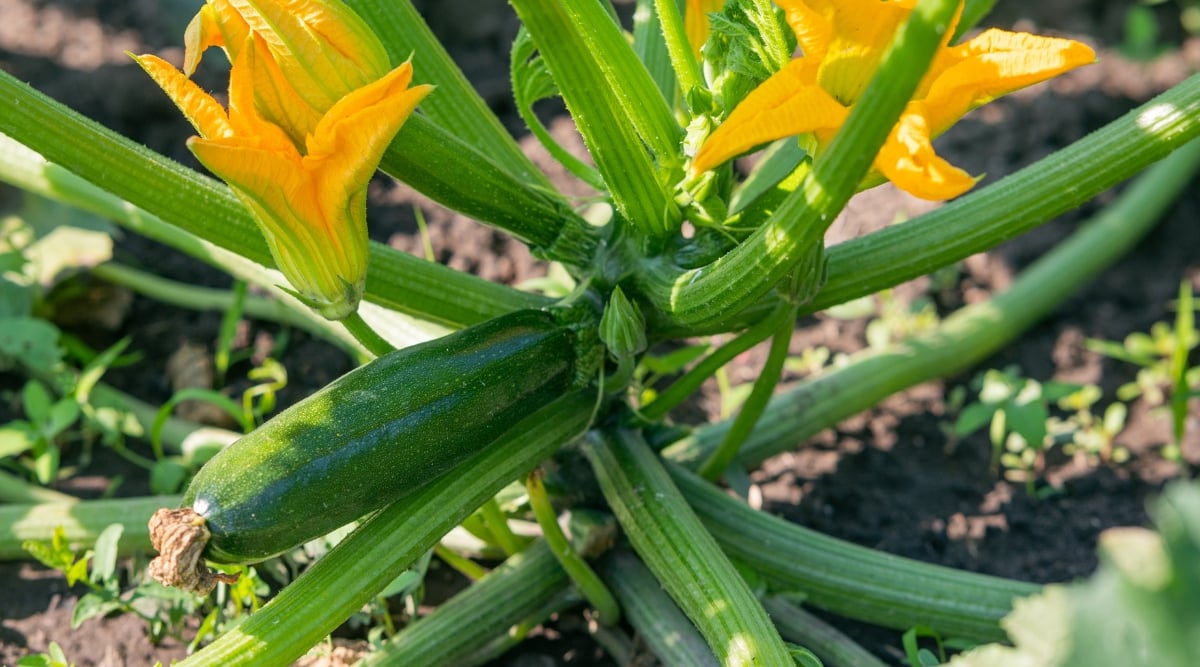

Not all of us get together with each other, so we’re going to solely rely upon the an similar of our yard counterparts. Listed beneath are various of these crops to remember when planning your yard:
- Leafy greens and smaller brassicas require the an similar dietary nutritional vitamins as nasturtium, in order that they’ll often be competing for property.
- Rosemary and sage want the soil to be drier, so nasturtiums acquired’t do appropriately close to them.
- Zucchini, summer season season squash, and cucumbers furthermore want the soil to be on the drier aspect. Since nasturtiums entice cucumber beetles, attempt planting a row of them close to your squash and cucumbers or inserting them in develop baggage on the corners of your yard plot at a protected distance.
Key Takeaways
- Nasturtiums are multi-purpose.
- When utilizing them as a entice crop, plant them a distance away. In one other case, they are going to be ineffective in deterring the pests.
- Take into accout soil, water, and photograph voltaic necessities and plant nasturtium with like-minded crops.
- Choose the appropriate nasturtium in your yard needs.
Ultimate Ideas
Nasturtiums, merely put, are a lovely and low-maintenance yard workhorse. Their peppery perfume is believed each to draw and deter constructive pests and, when used precisely, may help stability your yard ecosystem.
[ad_2]
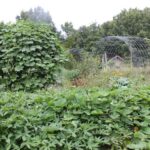

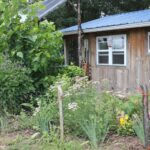
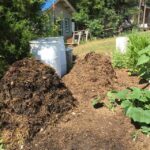


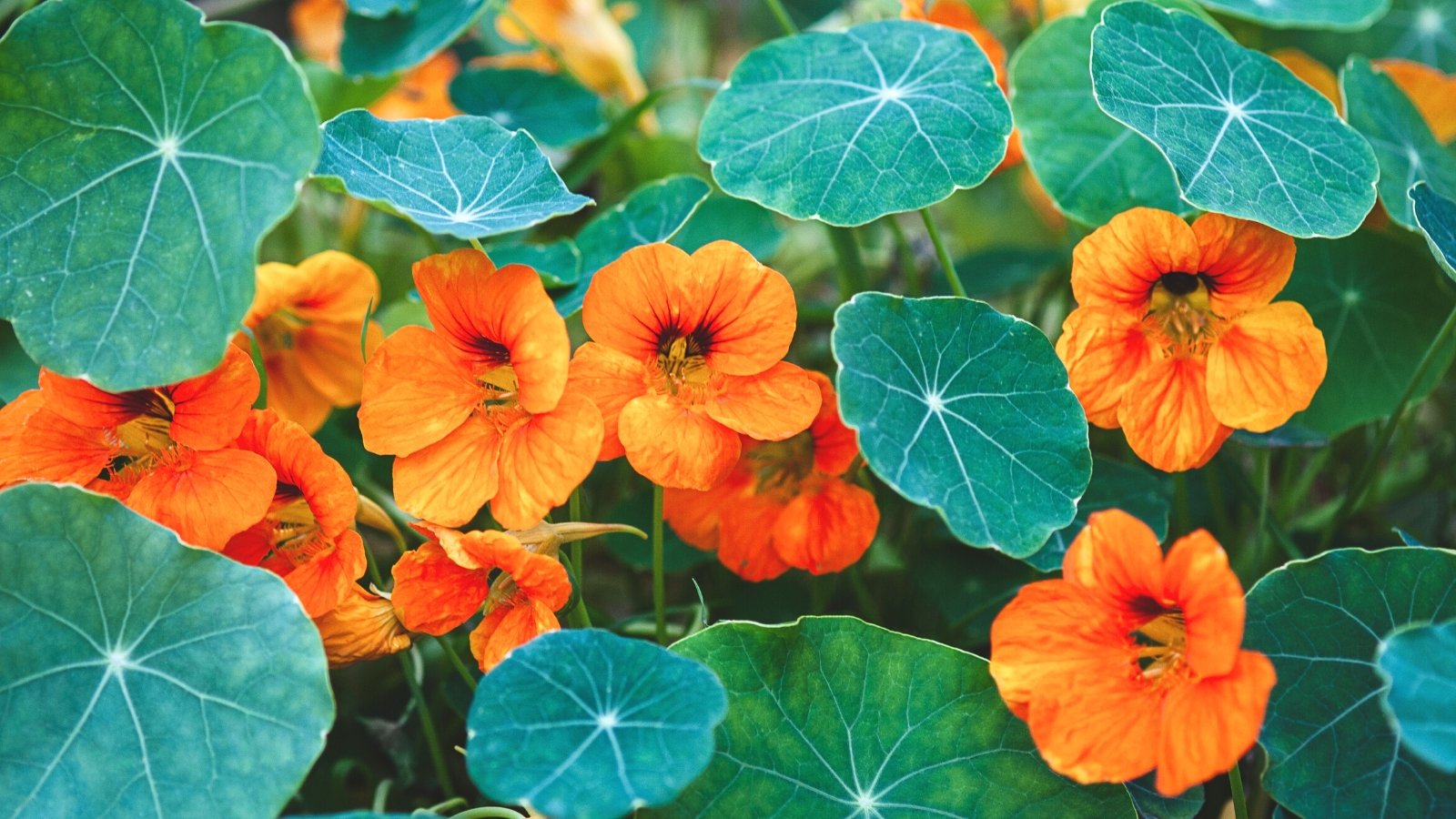
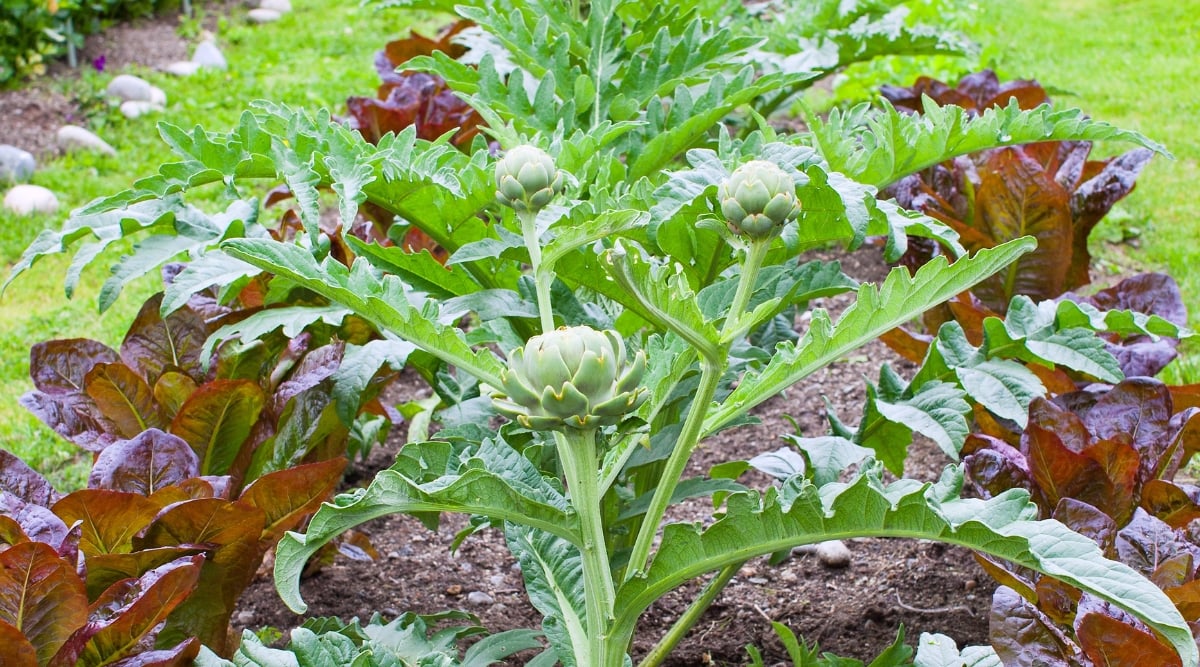
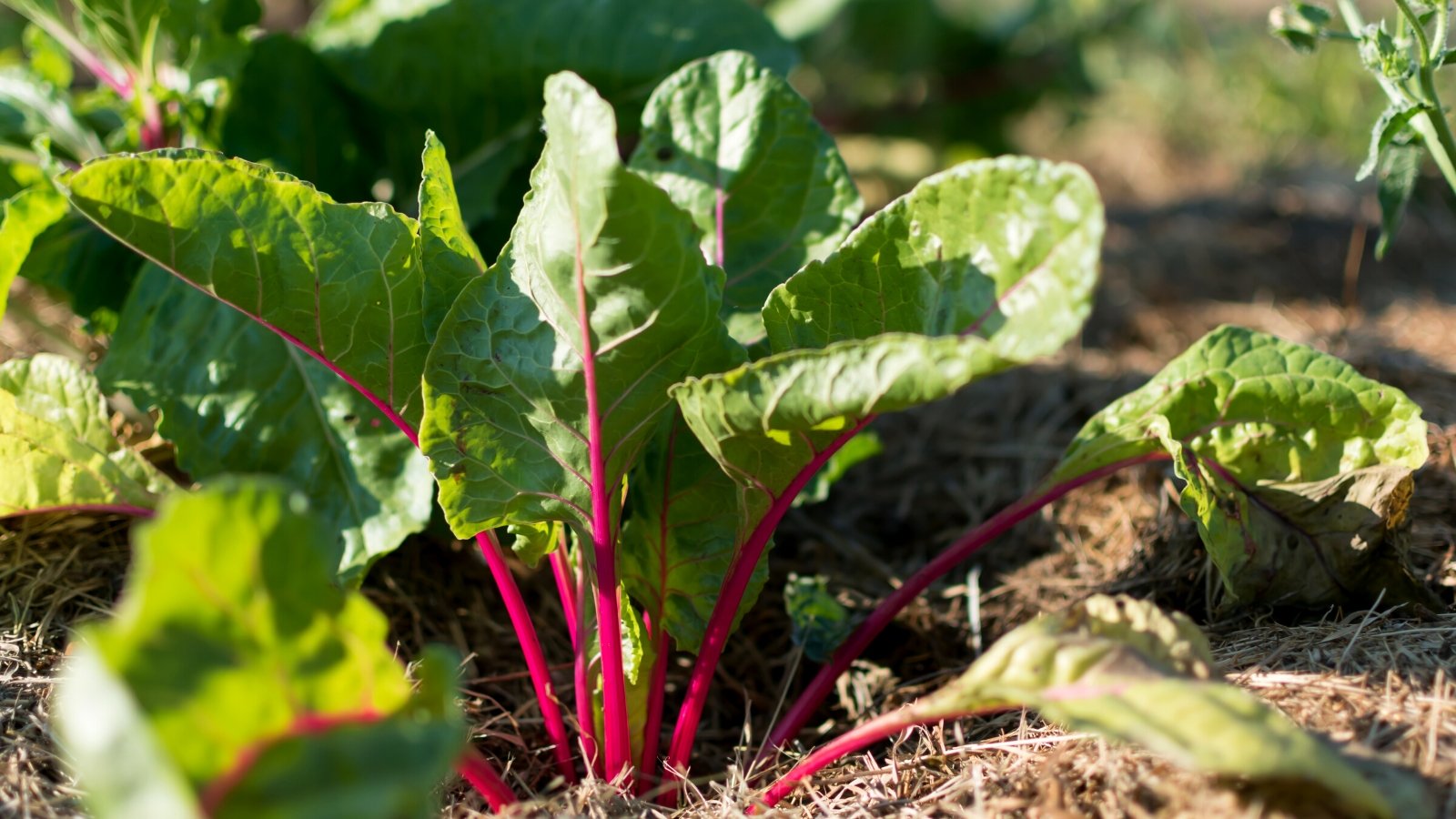
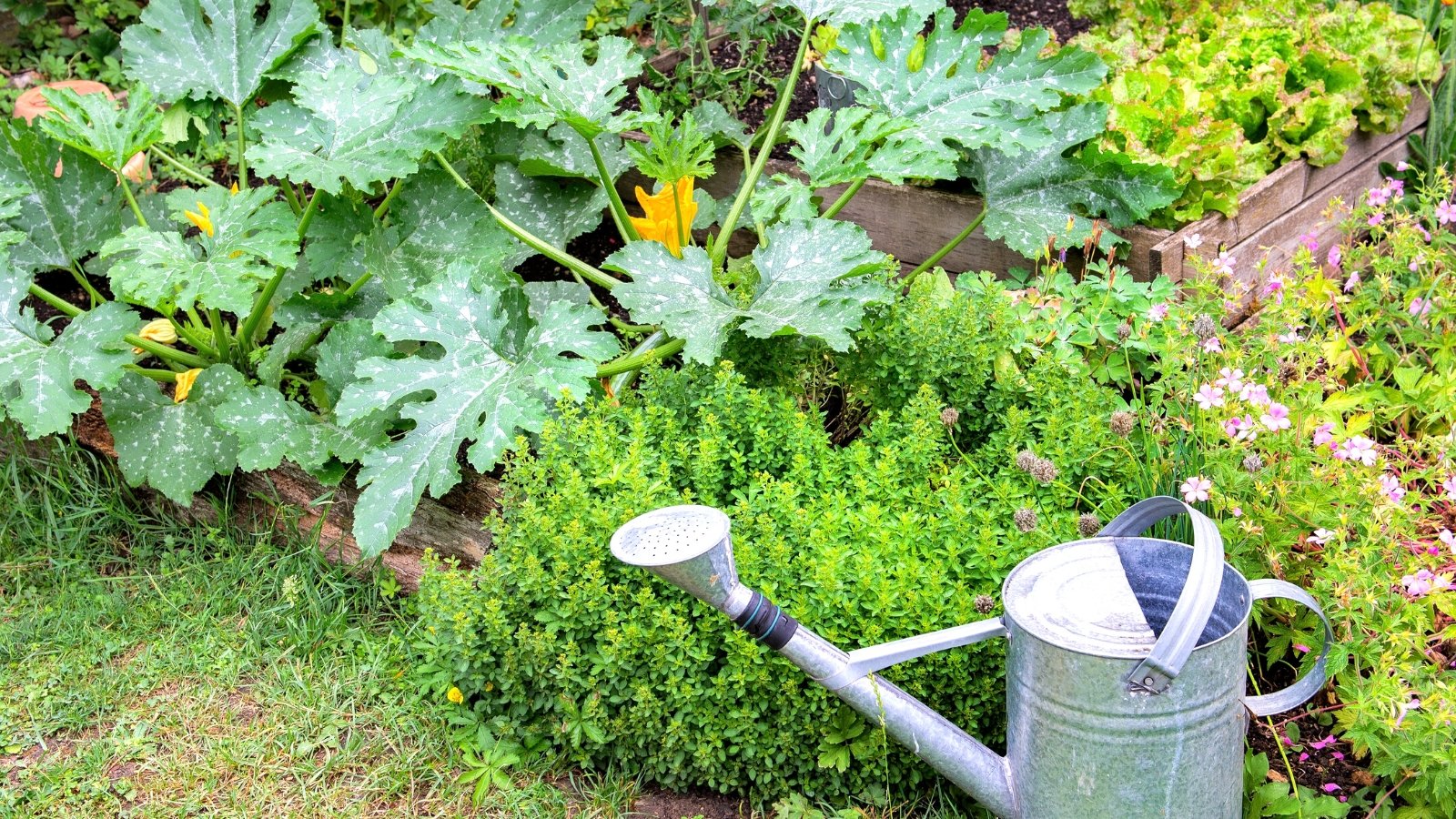
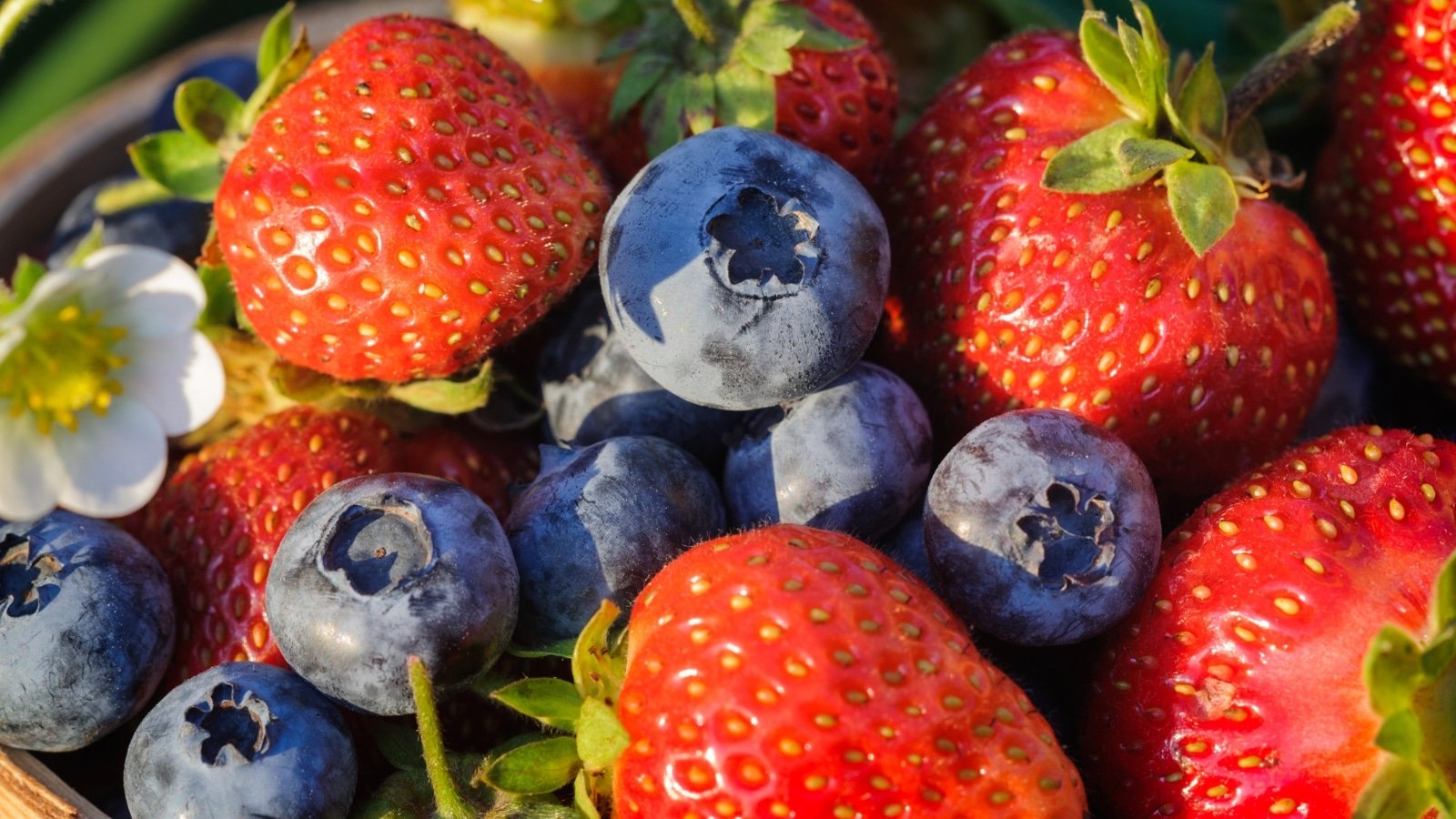
This article clearly outlines the benefits of nasturtiums as companion plants. I’m curious about how effective they are against specific pests mentioned, like aphids and squash bugs. Has anyone had success with this?
I appreciate how the article emphasizes careful planning when planting nasturtiums alongside other crops. It’s crucial to understand which plants thrive together for a healthy garden ecosystem. I’ll be more mindful in my planting choices.
The insights into soil and moisture requirements for growing nasturtiums were quite helpful. I had no idea they could be so sensitive to their surroundings. This will help me better prepare my garden beds.
I found the section on using nasturtiums as trap crops particularly interesting. It’s a clever way to manage pests without using harsh chemicals. I will definitely try this technique in my own garden this season.
The versatility of nasturtiums is impressive. They not only add beauty to the garden but also serve multiple purposes like pest control and attracting beneficial insects. I appreciate the detailed planting tips provided in the article.